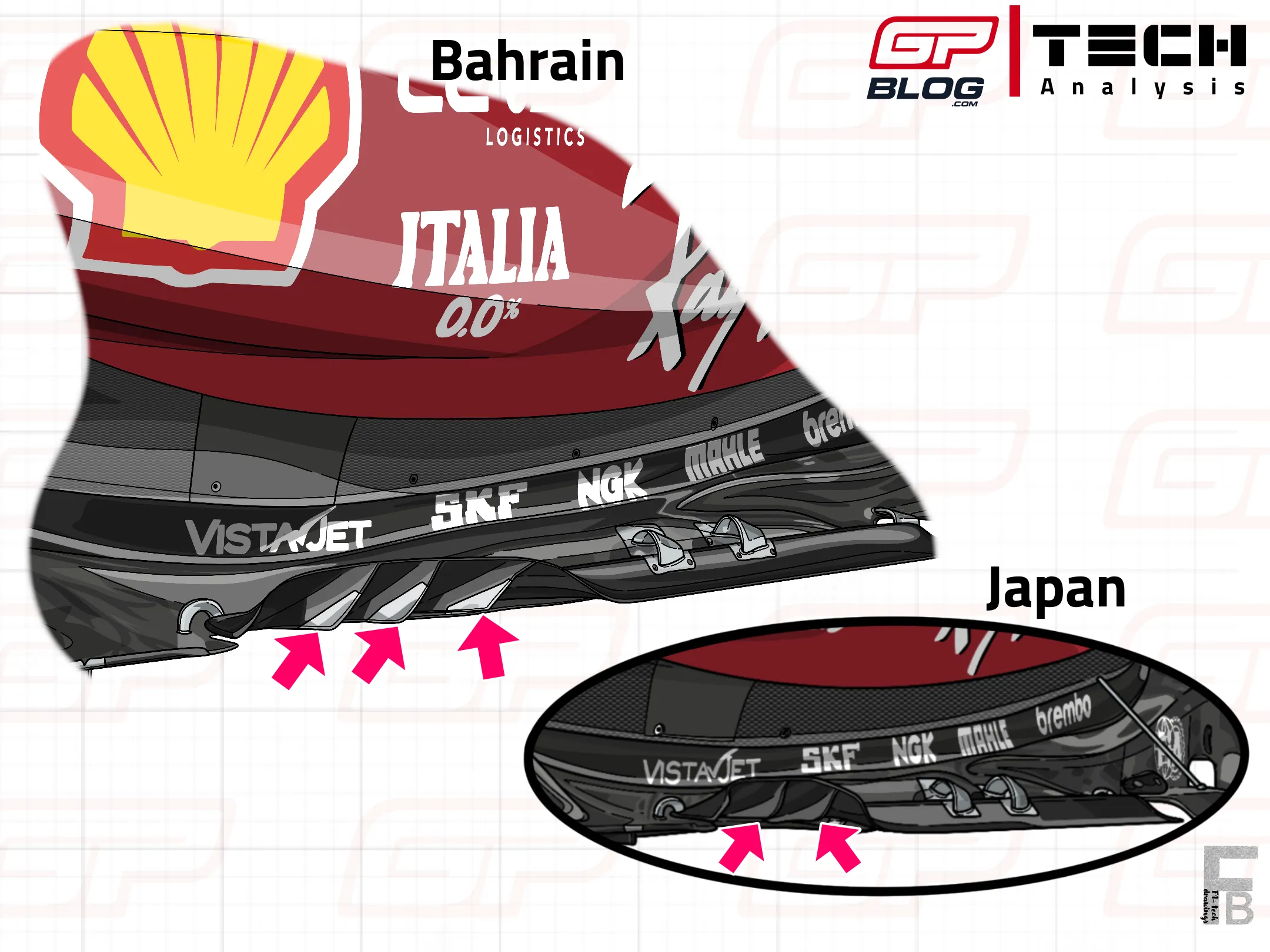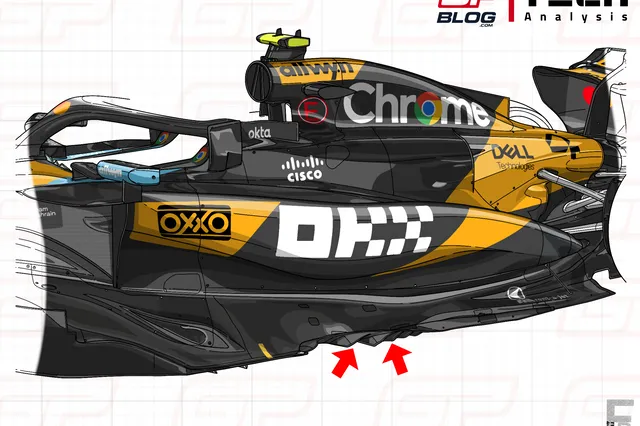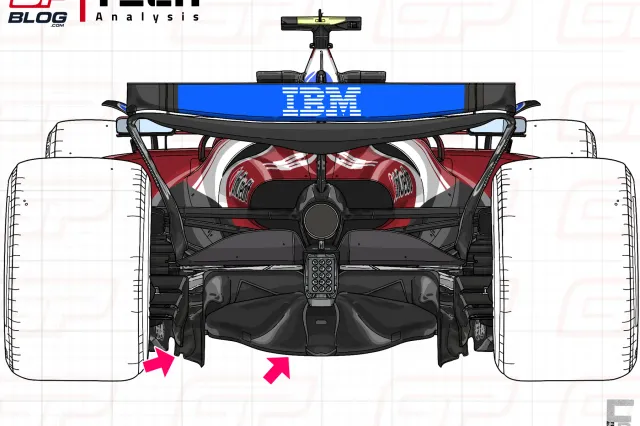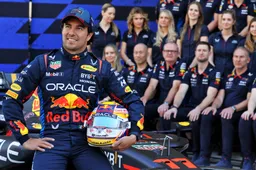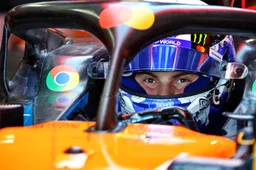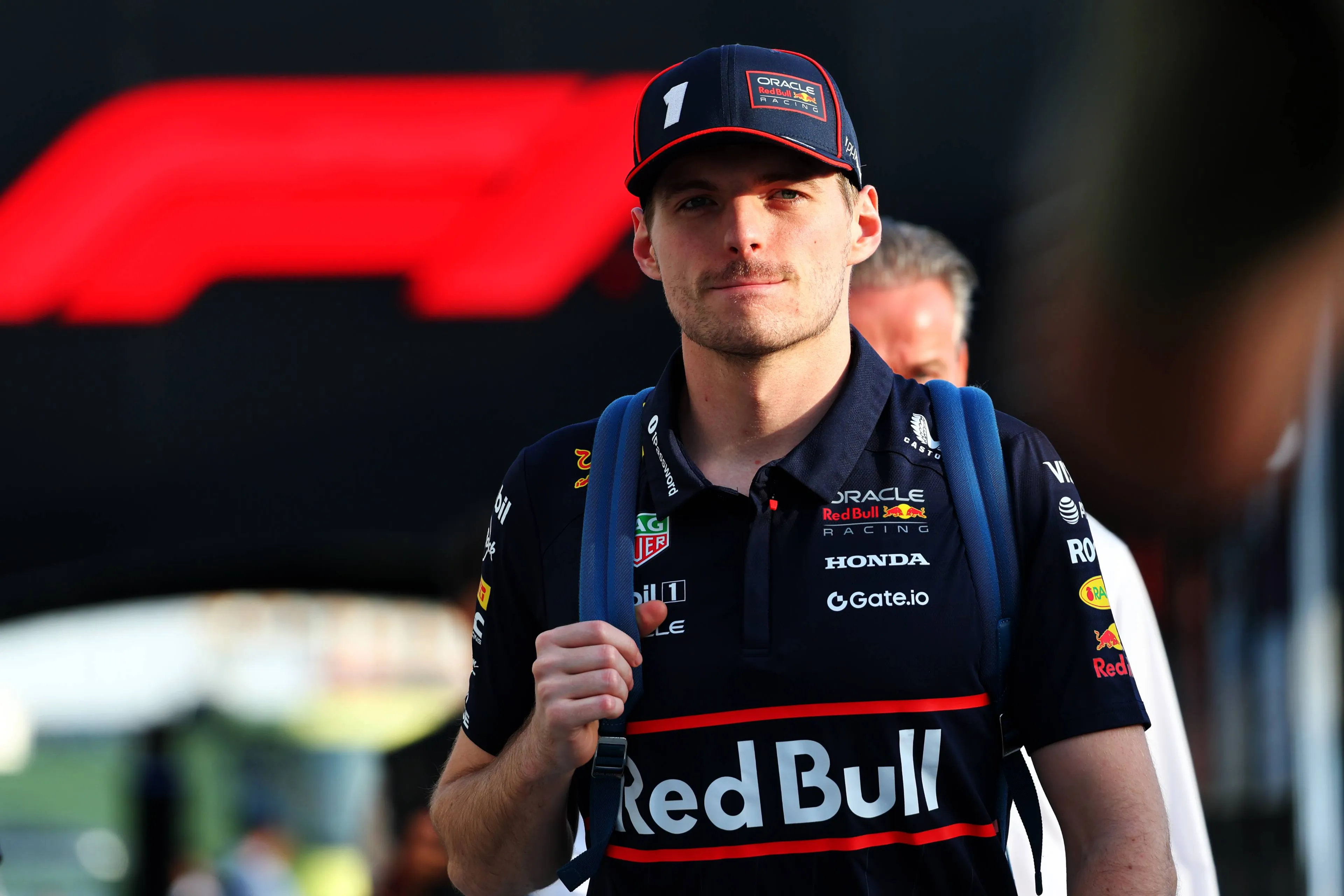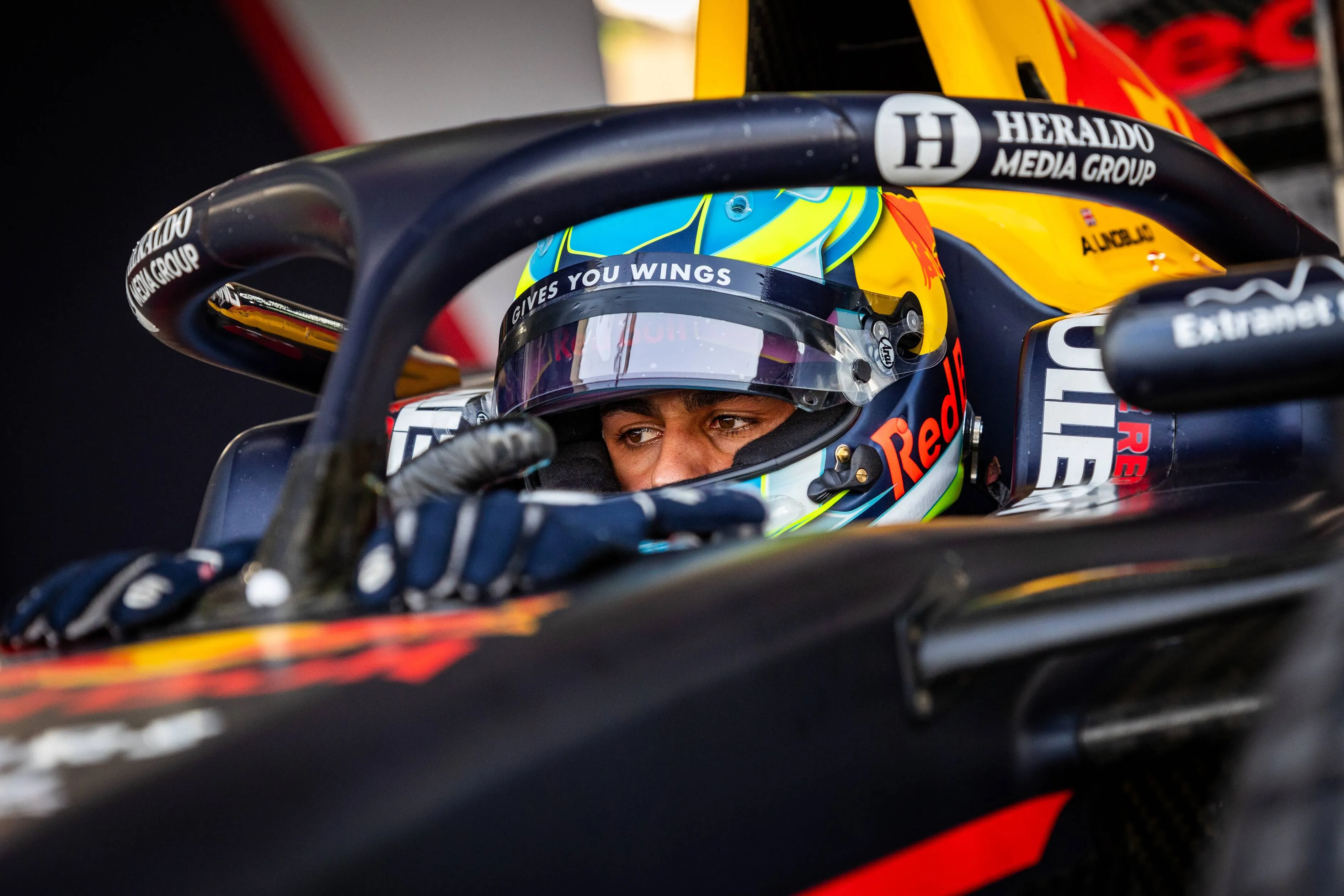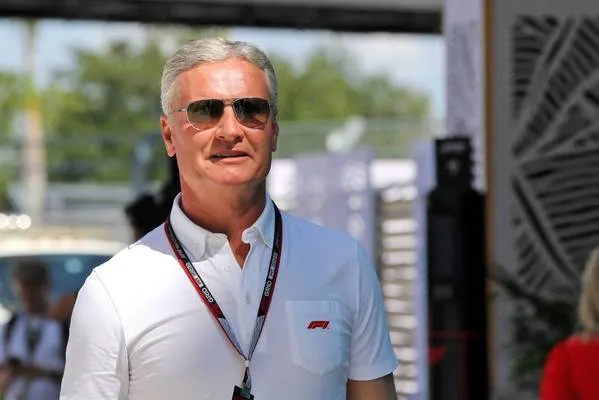The Bahrain Grand Prix was a bit of a redemption for Ferrari after a very difficult start to the season. Although the layout didn’t particularly suit the SF-25, the updates clearly helped, improving the downforce generated by a small amount and improving the overall balance of the car, especially in Leclerc’s hands. Let’s try to explain why.
A completely new floor for Ferrari
During the Bahrain Grand Prix weekend, Ferrari was the first top team to bring proper upgrades to their car. The changes all concerned one crucial area that is vital in generating performance: the floor. In fact, new floor fences, floor edge wing and diffuser appeared on Friday in FP1.
Starting from the front, the floor fences shown a more extreme design than the version used until Japan: as highlighted in the drawing below, the new version is characterised by a different connection to the proper floor and a different shape of the central floor fence. As for the 2 small vortex generators that connects the outer floor fence to the floor, they have a more linear and longer shape and attach to the bottom further back than the version used up to Japan (blue arrows). This distance is also highlighted by the yellow line, which shows a more marked parabola than the version used in Suzuka.
As for the central floor fence, it now has an upper edge cut in its terminal portion (orange arrow), mainly to manage the vortices directed towards the undercut in a different way.
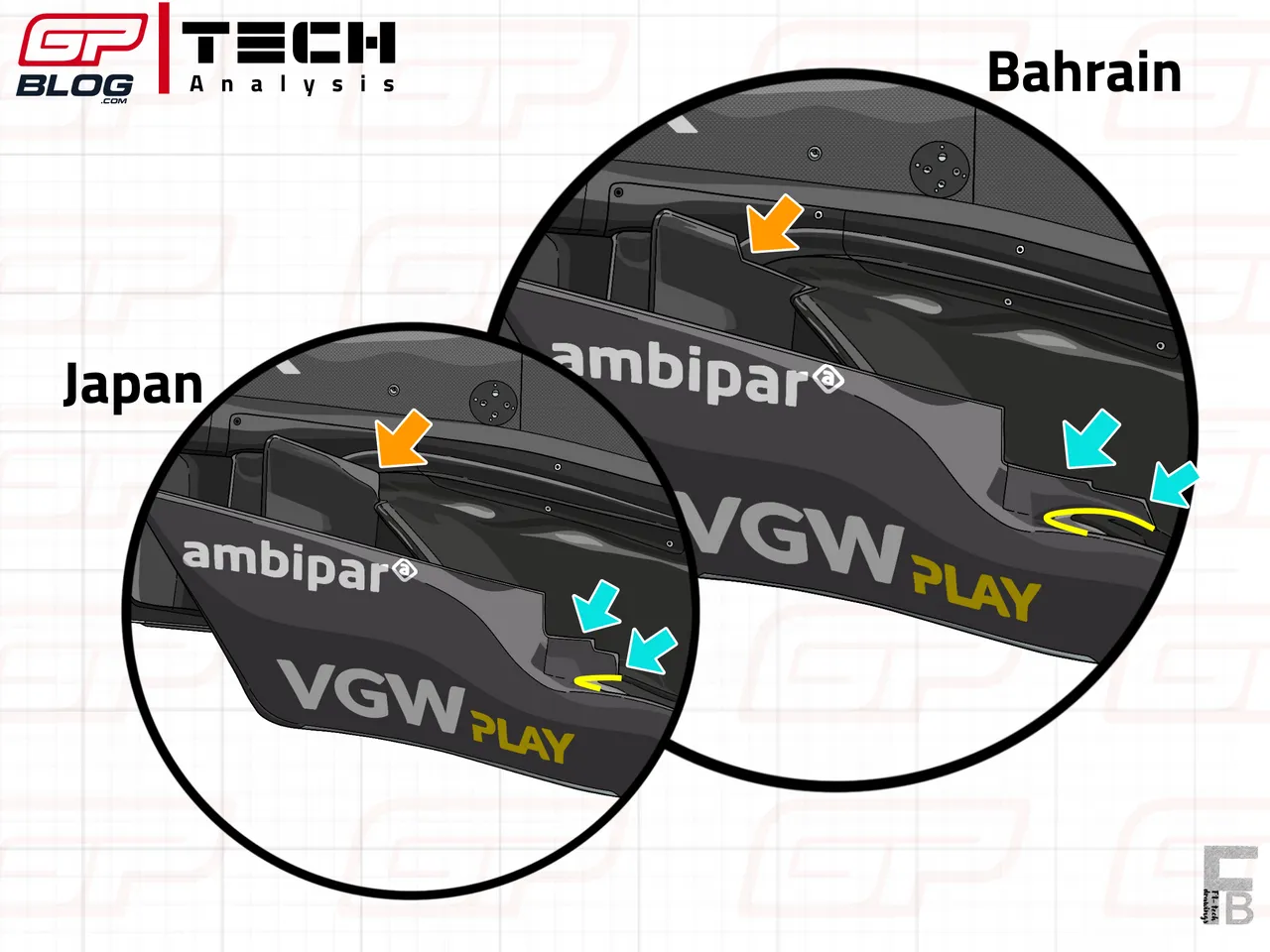
At the same time, this new design inevitably affects the reason why high pressure is generated underneath the floor in this upper-front area and helps push the front tyre turbulence outside.
Moving on to analyse the floor edge wing, it has a different number and shape of vortex diverters placed at the front of the floor edge. As highlighted by the pink arrows, in the version tested and used in Bahrain, there are 3 vortex generators with a much more pointed and angular shape compared to the previous version. Furthermore, the upper lip of the profile also connects to the "knife" placed behind in a more curvy way.
This new design probably helps push the front tyre turbulence away, while generating useful vortices to seal off the floor at the same time. These new profiles work in synergy with the floor fences described before, increasing the amount of downforce generated by the Venturi channels in this front section.

Last but not least, a new diffuser appeared on the SF-25 as well: the new solution is characterised by a sort of “lip” in the middle portion, just above the tail end of the boat section (pink arrow). The previous version didn’t show off this interesting solution, but this element probably aims at improving the flow extraction and thus the downforce generated.
Moreover, as highlighted by the yellow dotted line and arrow, a new vertical winglet appeared next to the rear wing pylon support, aiming at improving the aerodynamic efficiency of the rear end. The shape of this profile is also very similar to that of the “cobra” winglet used on the SF-25, which has the exact same function.

All these new components were tested in FP1 by Lewis Hamilton, before being fitted also on Leclerc’s car, which was driven by rookie Dino Beganovic, from the middle of the session onwards. They seemed to give the hoped results, increasing the amount of downforce generated by the car especially on the rear end, which is where the SF-25 has been struggling the most since the beginning of the season, as highlighted by Fred Vasseur after Friday’s practice sessions: “We have a good reading of the downforce on the car, and it is positive that we got what we expected this weekend. […] We’re talking about a small step forward in terms of downforce.”
The new parts also improved the balance of the car, making it more drivable and stronger in the slow-speed corners, which is exactly where Ferrari suffered the most compared to McLaren during the first three races of the season.
A good step forward both in qualifying and in the race
After making some set-up adjustments overnight to improve the car’s behaviour in line with Leclerc and Hamilton’s requests, the SF-25 took a further step forward also in qualifying, being only a tenth and a half behind Russell’s Mercedes. The car looked much more alive and balanced in Leclerc’s hands, who was able to extract more performance from it by adopting a more ‘pointy’ set-up (i.e. a more aggressive front end) to have a better rotation at slow speed.
This confidence in the car, together with the positive contribution brought by the upgrades, allowed Leclerc to adopt a different strategy on Sunday, by choosing to adopt the medium tyres at the start of the race, with all other top teams’ drivers shifting on the soft.
The race saw a very strong pace by both Hamilton and Leclerc in the central stint on the mediums; in fact, after losing some kilos of fuel on the first set of mediums, the SF-25 probably started to run at the perfect ride height that makes it enter its working window. As a consequence, both Hamilton and Leclerc immediately felt much more confident with the car and started to set fastest time after fastest time, with the Monegasque being able to overtake Norris for P3.
Hamilton himself expressed his positive thoughts on that middle stint after the race, underlining that the balance seemed finally back: “The middle stint was really... I felt realigned with the car, the balance was finally in the right place, and my driving style seemed to be working at that moment.”
"I felt realigned with the car, the balance was finally in the right place and my driving style seemed to be working at that moment.”- Lewis Hamilton
The impression from outside is that the car entered its operating window during those laps, working at the correct ride height and starting to express its real potential, in a very similar way to what happened in China during the Sprint race.
The problem for Leclerc is that the SF-25 still lacks a bit of downforce in the central phase of the corner, while the balance has drastically improved during the last few races: “I think we just need more overall downforce, more grip. I think the balance — we are extracting the maximum out of the car at the moment, but there’s just nothing more. I just need more grip to go faster around the corners.”
All these words are proof of how the updates represented a little step forward, which is, however, too little to be able to fight against McLaren, who seems to have an advantage over competitors in all conditions, especially when temperatures are high and tyre wear increases (detailed analysis here).
This said, the next race in Jeddah will be a very good test for the new components: if the SF-25 shows high levels of downforce in the high-speed corners through the first sector, that indicates that the car has really made a positive leap forward. The Maranello-based team is conscious that there’s still a lot of work to do to catch McLaren, but this could be the first positive sign to start a comeback path to win races.
Read also
Popular on GPBlog
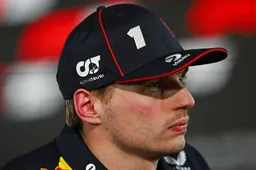
Croft gets told to stick to commentating by F1 champion, Verstappen
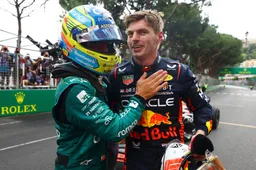
Alonso on Verstappen threatening his seat at Aston Martin: 'Welcome to the team'

Russell sends subtle dig to Norris: "McLaren, in the hands of the right driver, does the job"

